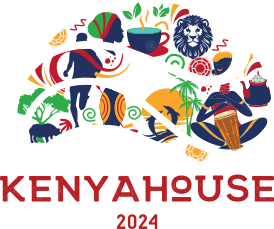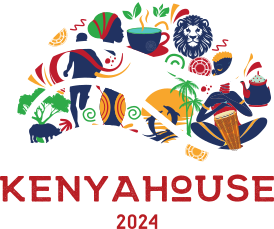The World Rally Championship loves a challenge and there’s no challenge bigger or more beautiful than next week’s Safari Rally Kenya.
First light on Lake Naivasha. The fish eagles high in the Acacia trees are just waking up. Beneath them, the fern-like leaves on the tree are providing more than just shelter. For the giraffes, they’re breakfast.
Toyota Gazoo Racing co-driver Scott Martin looks on from a respectable distance. He’s transfixed. Lost to the moment. To nature. To Africa.
“It’s like nowhere else,” said the man who’ll be calling notes for Elfyn Evans at the Safari Rally Kenya. “It’s such a special place. Incredible that we’ve been away from here for so long.”
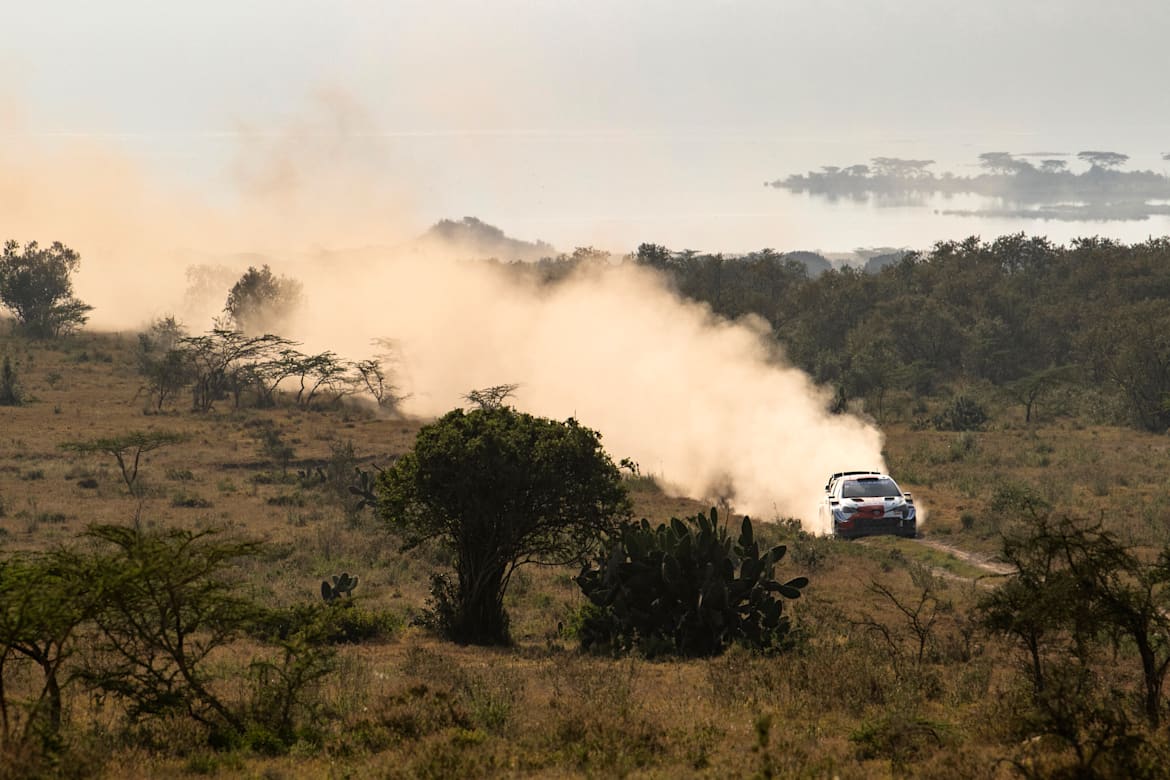
© Jaanus Ree/Red Bull Content Pool
Last year’s Safari Rally Kenya marked the end of a 20-year wait for the WRC’s return to one of its most magical locations, but like all magical locations, the Rift Valley can conjure tricks no other WRC round could even consider.
Evans and Martin? They shuffled a matter of inches to the right to open up a third-stage left-hander and tore the right-front clean off their Toyota Yaris WRC. The rock hiding beneath the bush came close to the end of the Kedong test, almost within sight of Lake Naivasha. Yin and yang on the water’s edge
And where else would Kalle Rovanperä retire because his Toyota got bogged down in sand. Ott Tänak missed out because of a misted up windscreen. What of the winner? What of Sébastien Ogier? Suspension problems left him two and a half minutes behind as the opening day neared its conclusion.
Two days later, the Frenchman topped the podium. He’d won.
Kenya had taken its toll however, exposed his emotions. “This place, these people, it’s amazing,” he said. “You know the passion from these fans, from them standing at the side of every road – it’s incredible. It’s really a big pleasure to come to compete here. The emotion from the place, what we have seen, we won’t forget here.”
Ogier recreates history
Ogier’s presence in the Naivasha service park is testament to how much he enjoyed Safari Rally Kenya last season. This time around, Ogier’s on his own programme. He comes and goes as he pleases, drives Toyota’s GR Yaris WRC when he wants. And this week he very much wants.
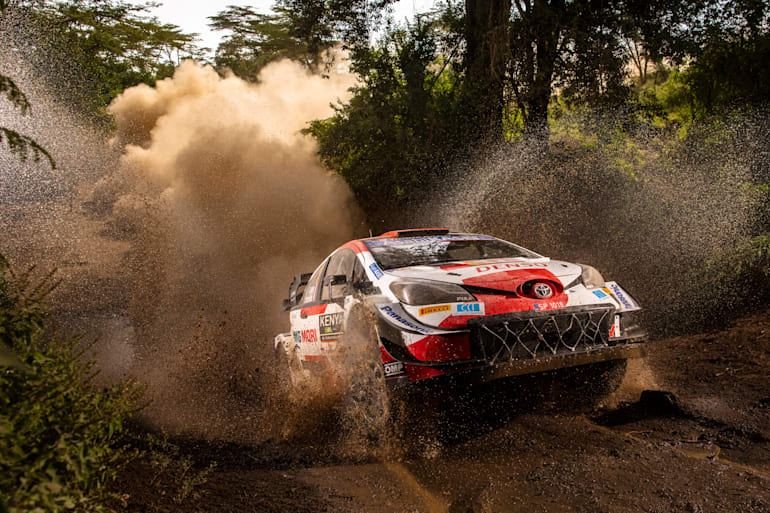
© Jaanus Ree/Red Bull Content Pool
Ogier arrives into Africa fresh from a top-10 LMP2 finish at Le Mans. Driving a Richard Mille Racing Oreca, the eight-time World Rally Champion enjoyed his debut at one of the world’s most famous motor races.
His was a result that added his name to a list of extraordinary folk who’ve enjoyed both sides of the sport – names like Jim Clark, who tackled the 1966 Mexican Grand Prix aboard a Lotus 43, shortly before hopping into a Lotus Cortina for the RAC Rally. The Scotsman crashed his rally car, but emerged a self-confessed better driver.
Any lessons Ogier learned at La Sarthe are unlikely to come into play next week. The roads north of Nairobi bear zero resemblance to the Mulsanne Straight.
And Ogier’s not the only driver capable switching disciplines at the drop of a hat. His countryman and rival Sébastien Loeb won Monte Carlo just days after a Dakar Rally podium in January.
M-Sport Ford’s star is back in a Puma Rally1 Hybrid next week and, no doubt, keen to finish the job he started on his gravel debut with the British team in Portugal. He was leading round four when he whacked a wall and retired.
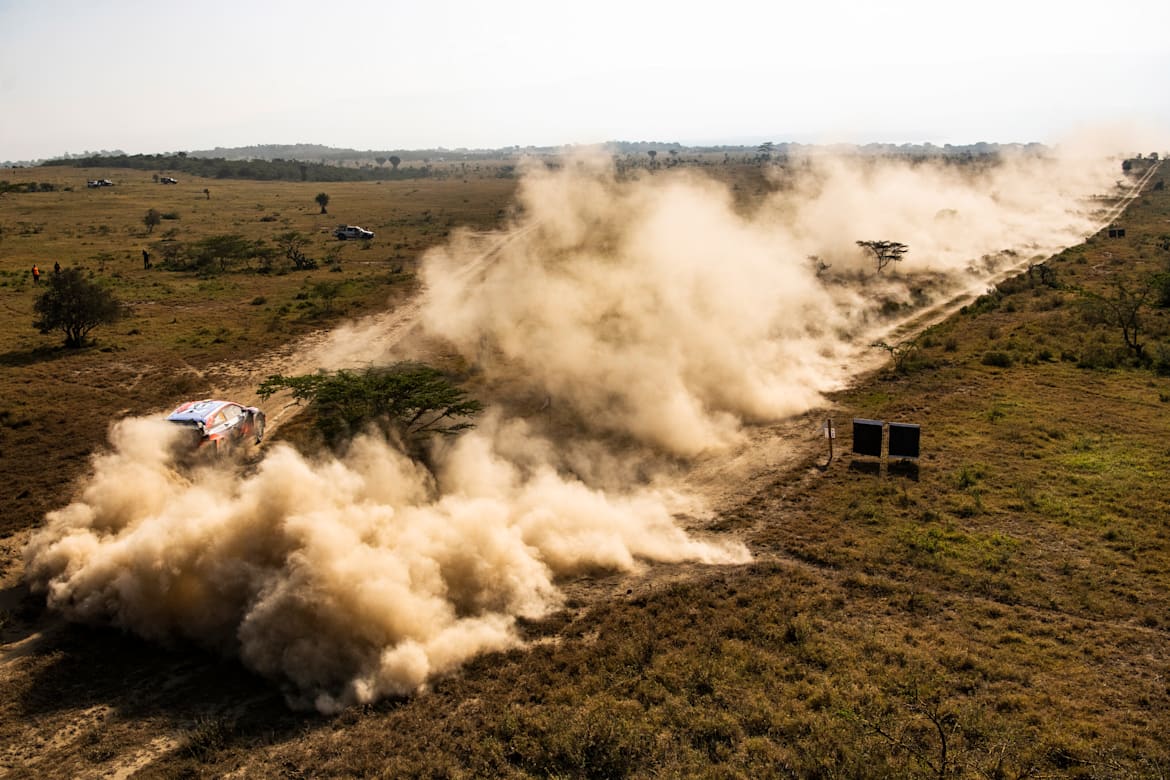
© Jaanus Ree/Red Bull Content Pool
The Safari challenge
The Sardinian sunshine made the headlines last time out, when the cars were tweaked to introduce more airflow to control cockpit temperatures. When those changes were made to the cars, it was with one eye to Kenya, but they won’t really be needed next week – temperatures in the mid-20s will be typical during the event.
The big weather question comes with the cloud. We’re a couple of months beyond the real rainy season, but last year’s event showed that when it comes down it really does come down in Kenya. European rain’s not in the same ballpark as what you get in the middle of Africa. Roads turn into rivers in minutes.
Consequently, expect the unexpected if the going gets wet.
To spice things up a little bit more, this year’s event has been extended to 363 competitive kilometres across 19 stages. Saturday provides 150 of those in a day that could well determine who follows Ogier as the winner of this modern day classic.
For those who follow, Kenya provides its own reward in the shape of memories made forever.
